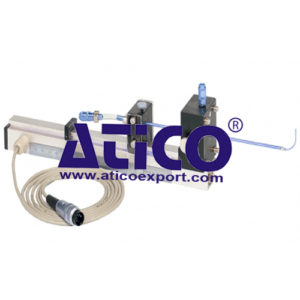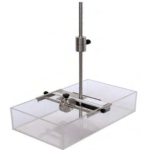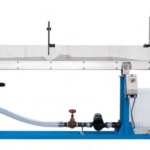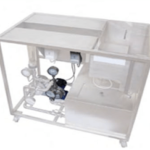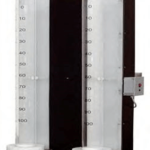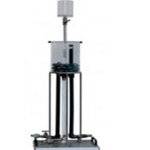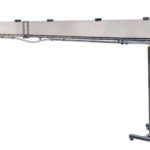The simplest and therefore most common type of total pressure sensor is the Pitot tube. Total pressure sensors are used to accurately measure differential pressure and to determine flow velocities of fluids. They are used for a wide range of purposes, for example to determine the airspeed in aviation, to measure wind speeds in meteorology or to determine the flow velocity in pipes.
Used in conjunction with it, the accessory allows the electronic measurement of static and dynamic pressure. The Pitot tube can be adjusted vertically and is attached to intake pipe. The total pressures at various positions in the intake pipe are recorded. The position of the Pitot tube is measured electronically. An additional measuring point measures the static pressure. Both measuring points are connected to it. The measured values are analysed using the software.
Learning Objectives And Experiments
- In conjunction:
- Measurement of the total pressure and the static pressure in intake pipe
- Recording pressure distribution over the cross section
- Determining velocity distribution over the cross section
- In conjunction
- Measurement of the total pressure in the wake of a cylinder
- Determine drag coefficient from the pressure distribution in the wake of a cylinder
- Demonstrate wake depression
Specification
- Electronic total pressure sensor for measurement of static and dynamic pressure
- accessory for it
- Vertical adjustment of the Pitot tube
- Electronic detection of the position
- In conjunction with measurement of the total pressure in the wake of a cylinder
- Display and analysis of the measured values using the software
Technical Specification
- Pitot tube
- outer diameter: 0,71mm
- inner diameter: 0,41mm
- vertical adjustment: 0…130mm

